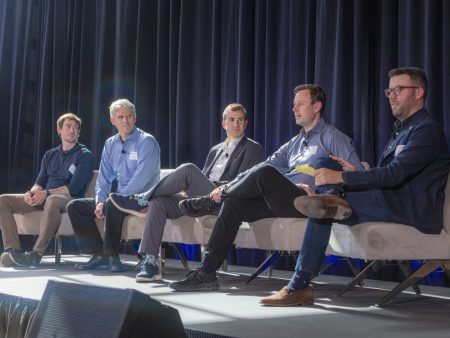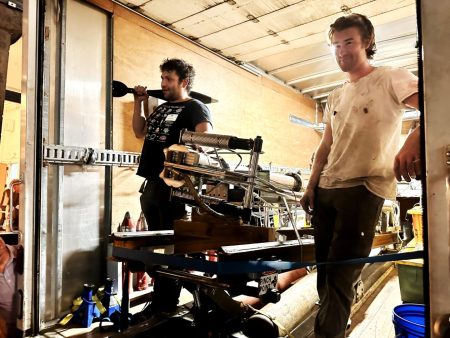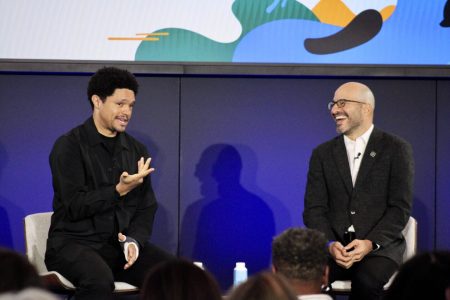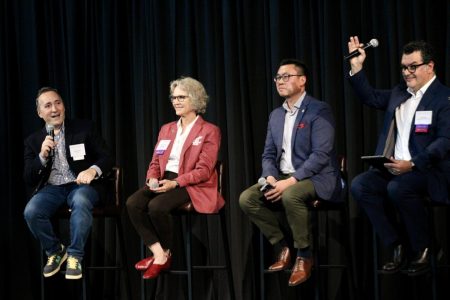Paragraph 1: Introduction to the CHIPS Act and Washington State’s Initiative
The CHIPS and Science Act, a bipartisan piece of legislation enacted in 2022, aims to revitalize the American semiconductor industry by allocating $52 billion in funding. This initiative is crucial for maintaining U.S. competitiveness against global rivals like China. Washington state, recognizing the significant opportunities presented by the CHIPS Act, has established a public-private working group to secure funding and bolster its existing semiconductor sector. This group, formed under the direction of Governor Jay Inslee, brings together leaders from academia, research institutions, technology companies, and government. The collective expertise within the group is intended to maximize the state’s ability to leverage CHIPS Act funding for the benefit of its economy and workforce.
Paragraph 2: The Importance of the Semiconductor Industry in Washington State
Washington state’s semiconductor industry plays a vital role in the state’s economy. Generating $4.5 billion in economic impact and $673 million in annual wages, the industry supports nearly 8,600 jobs. Recognizing the potential for further growth and the strategic importance of semiconductors, the state has implemented various initiatives to foster this sector. The working group’s efforts to secure CHIPS Act funding are a critical component of this strategy, aiming to expand the industry’s footprint, create more high-paying jobs, and further solidify Washington’s position as a leader in technology and innovation. The CHIPS Act funding represents a strategic opportunity to not only enhance existing semiconductor operations but also to attract new investments and spur innovation within the state.
Paragraph 3: Focus on Advanced Packaging Manufacturing and Legislative Support
The initial focus of the working group is securing funding from the National Advanced Packaging Manufacturing Program, a key component of the CHIPS Act. Advanced packaging is a crucial aspect of semiconductor manufacturing, involving the integration of multiple chips into a single package to enhance performance and functionality. This focus reflects Washington state’s strategic aim to be at the forefront of advanced semiconductor technologies. Supporting this effort, the state legislature has recently extended tax preferences for the semiconductor industry, demonstrating a commitment to creating a favorable business environment for this sector. This legislative support, combined with the working group’s efforts, creates a powerful synergy to attract investment and drive growth.
Paragraph 4: Collaboration and Leadership within the Working Group
The Washington Department of Commerce is spearheading the working group, with Commerce Director Mike Fong serving as chair. Joseph Williams, the state’s director of economic development for the Information and Communications Technology sector, is facilitating the group’s activities. The group’s membership reflects a broad coalition of stakeholders, demonstrating the collaborative approach being taken to capitalize on the CHIPS Act opportunity. Representatives from major Washington technology companies, alongside legislators, are expected to join the group, further strengthening its capacity to effectively advocate for funding and implement strategic initiatives. This collaborative spirit is crucial for aligning the interests of various stakeholders and ensuring a comprehensive and effective strategy.
Paragraph 5: Key Participants and their Contributions
The working group comprises a diverse range of experts, each bringing valuable insights and experience to the table. Dr. Maria Huffman, director of the University of Washington’s Washington Nanofab Facility, provides expertise in nanofabrication, a critical aspect of semiconductor manufacturing. Dr. Partha Pande, interim dean of Washington State University’s Voiland College of Engineering and Architecture, contributes expertise in engineering and research. Representatives from other educational institutions like Clark College, Central Washington University, and Heritage University offer perspectives on workforce development and training. The inclusion of experts like Dr. James Ang, chief scientist for computing at Pacific Northwest National Laboratory, ensures access to cutting-edge research and development capabilities.
Paragraph 6: Building on Existing Momentum and Future Outlook
The establishment of this working group builds on existing momentum within Washington state’s semiconductor ecosystem. The University of Washington, for instance, has already secured $10 million in CHIPS Act funding for workforce development, demonstrating the state’s early success in leveraging this federal program. The combined efforts of the working group, supportive legislation, and existing initiatives create a strong foundation for future growth. By securing additional CHIPS Act funding and effectively implementing strategic initiatives, Washington state aims to further expand its semiconductor industry, creating high-paying jobs, fostering innovation, and strengthening its position as a national leader in this critical technology sector. The ongoing collaboration and strategic focus will be essential in realizing the full potential of the CHIPS Act and securing long-term economic benefits for the state.















